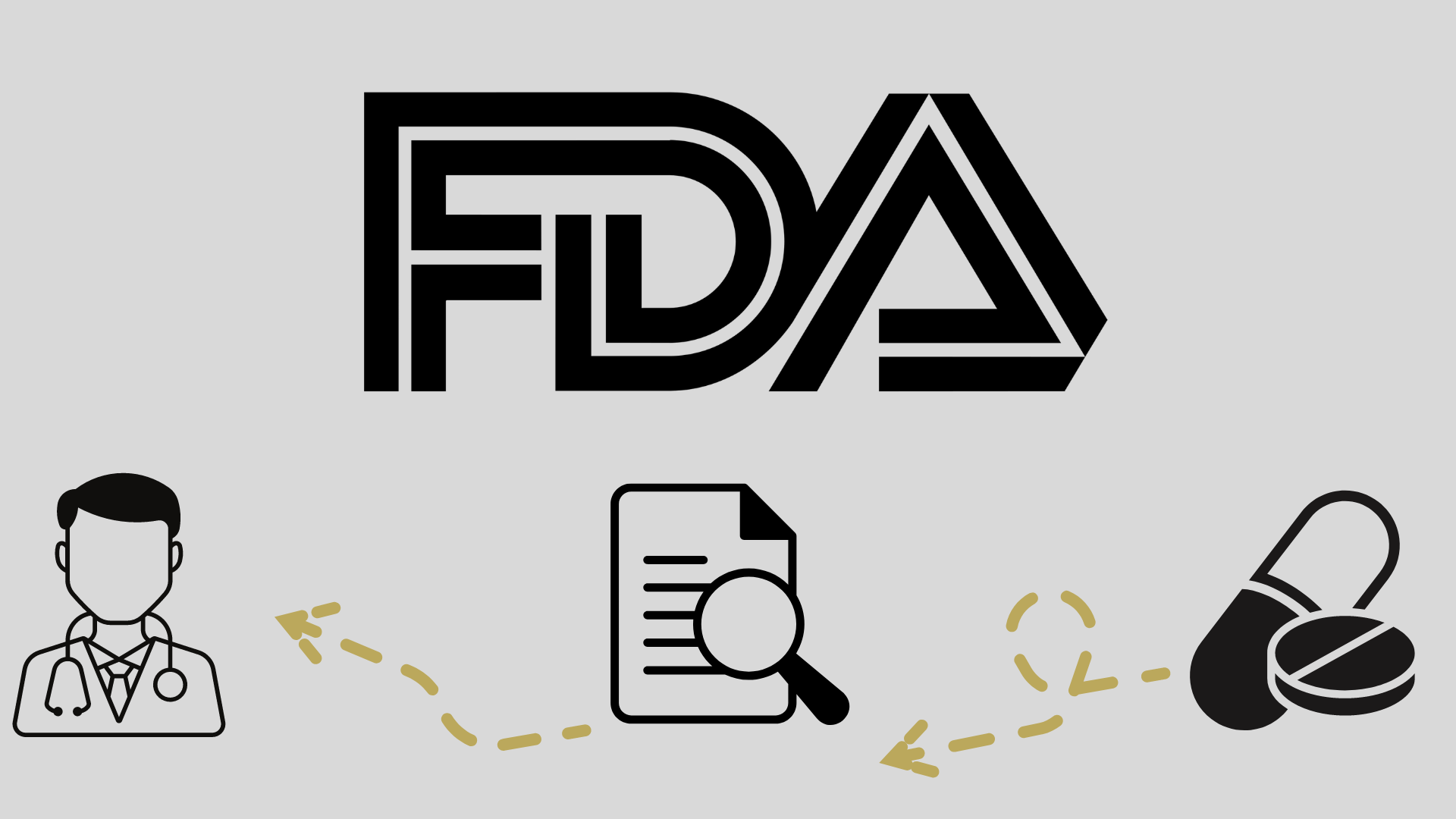
FDA Receives 505(b)(2) NDA Seeking Approval for Lutetium Lu 177 Dotatate

The FDA has received a 505(b)(2) new drug application seeking approval for a lutetium Lu 177 dotatate injection as a potential treatment for SSTR-positive gastroenteropancreatic neuroendocrine tumors.
- Curium is seeking FDA approval for its own formulation of lutetium Lu 177 dotatate to treat somatostatin receptor (SSTR)-positive gastroenteropancreatic neuroendocrine tumors (GEP-NETs).
- The agent has shown promising results in the NETTER-1 trial (NCT01578239), significantly improving progression-free survival (PFS) vs high-dose octreotide.
- The most common grade 3/4 adverse effects (AEs) include lymphopenia, increased liver enzymes, vomiting, and nausea.
A 505(b)(2) new drug application (NDA) seeking the approval of Curium’s formulation of lutetium Lu 177 dotatate injection for treating SSTR-positive GEP-NETS has been submitted to the FDA.1
Lutetium Lu 177 dotatate (Lutathera) is a product from Advanced Accelerator Applications, a Novartis company. The agent was
In April 2024, the FDA indication was expanded to include pediatric patients 12 years of age and older, as supported by efficacy results from the NETTER-1 study, and pharmacokinetic, dosimetry, and safety data from the phase 2 NETTER-P trial (NCT04711135).3
“Curium’s 505(b)(2) NDA for lutetium Lu 177 dotatate injection marks another important milestone for Curium in its evolution to bring new tools for patients and health care providers to both diagnose and now potentially treat disease,” said Michael Patterson, chief executive officer of Curium North America, in a press release.1 “Nuclear medicine-based cancer therapies must continue to be more widely and reliably available for patients and their caregivers.”
In the international, multicenter NETTER-1 trial, 229 patients with midgut NETs who progressed on standard-dose octreotide (30 mg) were randomized to receive Lu 177 dotatate (n = 116) or high-dose octreotide (n = 113). Patients were included if they had histologically confirmed and centrally verified, locally advanced or metastatic, inoperable midgut NETs, had disease progression per RECIST 1.1 criteria over a maximum of 3 years during treatment with octreotide, well-differentiated tumors, and SSTRs present on all target lesions.
The primary end point of the trial was PFS per RECIST 1.1 criteria assessed by blinded independent radiology committee. Secondary end points were overall response rate, overall survival, and safety.
Findings showed that among the 116 in the experimental arm, the median PFS was not reached vs 8.4 months (95% CI, 5.8-9.1) in the high-dose long-acting octreotide arm (HR, 0.21; 95% CI, 0.13-0.33; P <.001).4 For lutetium Lu 177 dotatate vs octreotide, the estimated 20-month PFS rates were 65.2% (95% CI, 50.0%-76.8%) and 10.8% (95% CI, 3.5%-23.0%).
Safety data found that the most frequently observed adverse effects (AEs) deemed grade 3/4 seen in at least 4% of patients given lutetium Lu 177 dotatate and long-acting octreotide included lymphopenia (44%), increased gamma-glutamyl transferase (20%), vomiting (7%), nausea (5%), increased aspartate aminotransferase (5%), increased alanine aminotransferase (4%), hyperglycemia (4%), and hypokalemia (4%).
In the NETTER-P, international, multicenter, open-label, single-arm study of the agent, 9 pediatric patients were enrolled treated with lutetium Lu 177 dotatate, including 4 patients with GEP-NETs.3
Looking at safety, the AE profile of lutetium Lu 177 dotatate was comparable in pediatric patients compared with its known safety profile in adult patients. Based on this approval for pediatric patients in 2024, the recommended dose of lutetium Lu 177 dotatate dose is 7.4 GBq (200 mCi) every 8 weeks for a total of 4 doses.








































